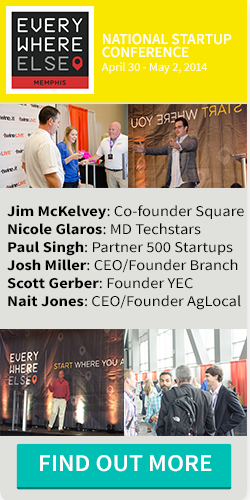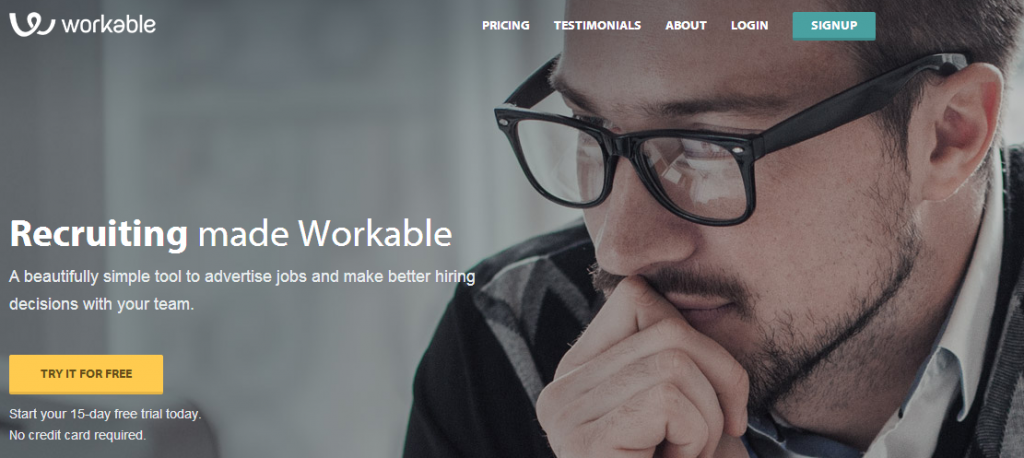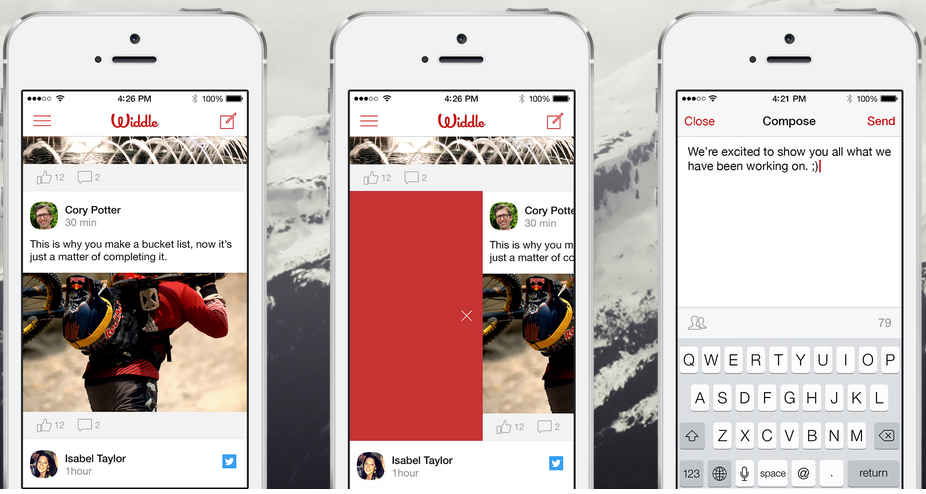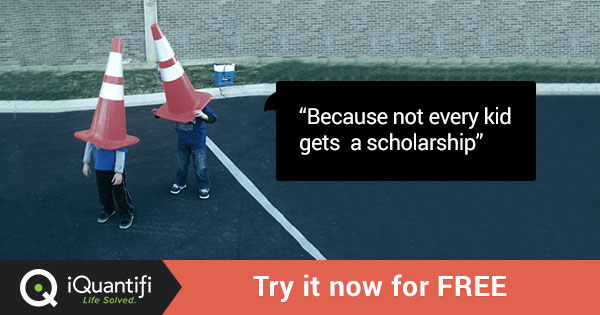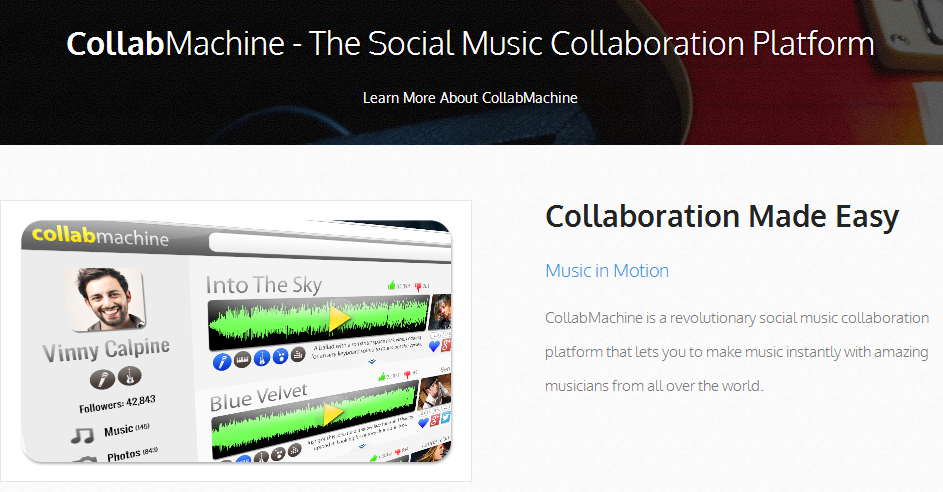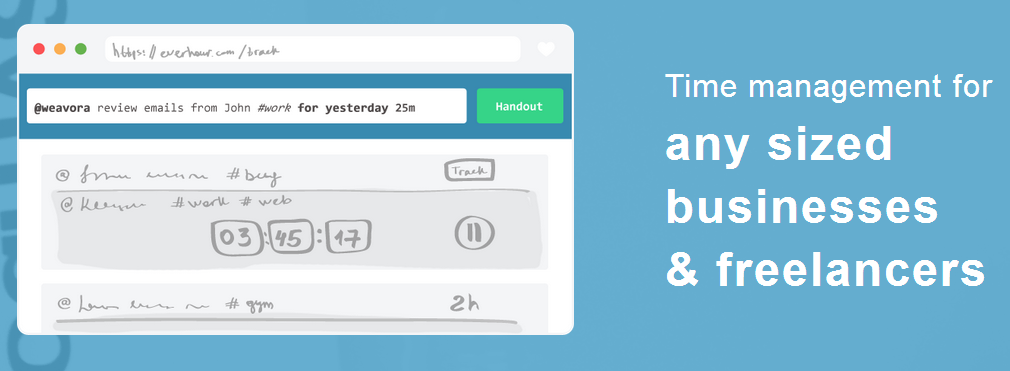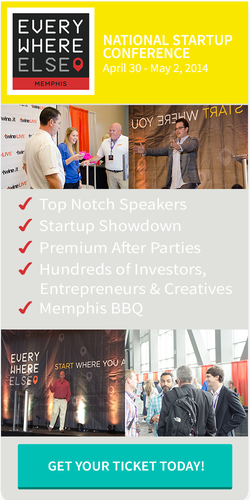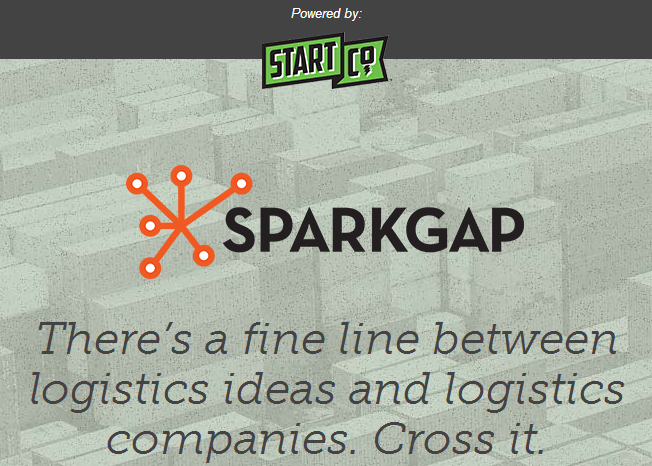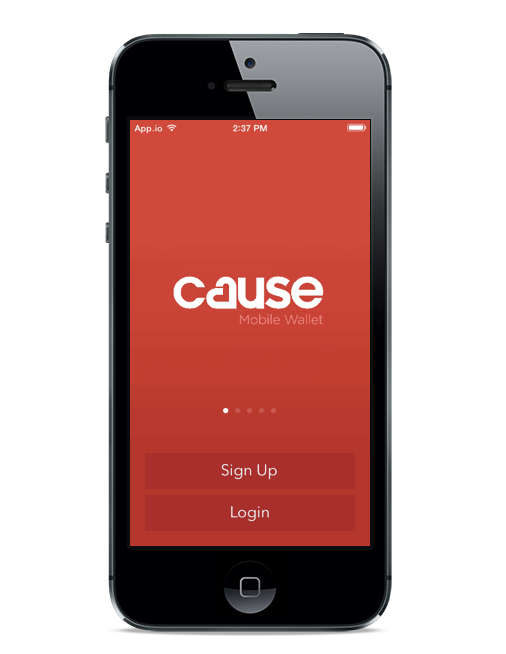
Many job agencies are using social media for recruiters as a way of sourcing the most talented individuals. As such, it makes sense to get ahead of the game now, by following these simple steps in order to boost your online social media profile.
There are several super-smart ways in which you can enhance your job hunt through using Twitter, Facebook and LinkedIn:
Tell the World You’re Looking!
Start off by making announcements on LinkedIn, Twitter and Facebook that you are looking for a job. If possible, give details on precisely the kind of job you are after.
Network on Facebook
Carefully go through your list of friends on Facebook and don’t be afraid to reach out to people individually. That person might be able to get you work experience or even introduce you to their boss or a colleague who is hiring.
Check Your Privacy Settings
Ensure that you keep your private life private by selecting the ‘Friends only’ setting in your privacy settings on Facebook.
Check Out the Hiring Manager
Before submitting an application, look up your hiring manager on LinkedIn and try to find out as much information as possible about them. This will help you to better tailor your application to their wants and needs.
Add a Hyperlink to Your CV
In the contact details section on your CV, add in a hyperlink to both your LinkedIn profile and your Twitter handle. Doing so shows a potential employer that you are Internet savvy.
Make Connections Happen
It’s not what you know, it’s who you know! So find out the names of the people you need to be rubbing shoulders with and start following them on Twitter and retweeting their links. With any luck they should soon also be following you. Don’t forget to also add them or their company on LinkedIn.
Use Google to Your Advantage
You may wish to check what happens when you type your name into Google, as a potential employer is likely to carry out this basic check before offering you an interview. If you are less than pleased with the results, start using your LinkedIn profile as much as you possibly can. Doing so should bump your profile to the top of the search results for your name, hence an employer will look at this before anything else.
Get Involved on Twitter
Look out for chats focusing on the industry you work in and try to participate as actively as you can. Joining these conversations will help you to make contacts and to showcase your knowledge of the industry.
Ask for Advice via Social Media
Each of the networks mentioned are superb places in which to seek advice from recruitment agencies and other job-hunters. You can get loads of useful hints and tips by following career experts. By using these simple tips, you should be in a much stronger position to make the right connections online, thus greatly enhancing your chances of landing a suitable job.
Read more about networking online here.



